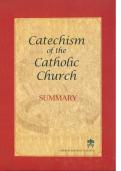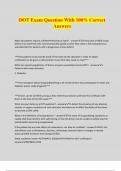Summary
APOSTOLIC LETTER LAETAMUR MAGNOPERE IN WHICH THE LATIN TYPICAL EDITION OF THE CATECHISM OF THE CATHOLIC CHURCH SUMMARY
- Course
- Institution
APOSTOLIC LETTER LAETAMUR MAGNOPERE IN WHICH THE LATIN TYPICAL EDITION OF THE CATECHISM OF THE CATHOLIC CHURCH SUMMARY
[Show more]




